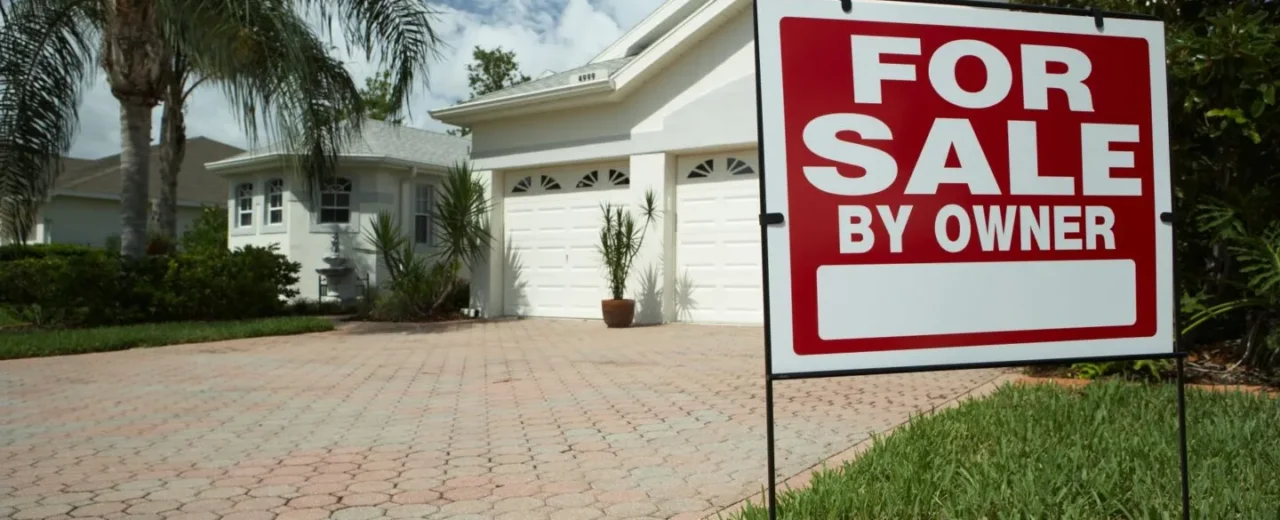Appraisers and Roof Conditions: What You Should Know
When it comes to selling, refinancing, or buying a home, the appraisal process plays a crucial role in determining a property’s value. One key element that appraisers closely examine is the condition of the roof. While it might not seem like the most glamorous part of a property, a roof can have a major impact on both the home’s marketability and final appraised value. Here’s what homeowners and buyers alike should understand about appraisals and roofing conditions.
Why Roof Condition Matters in an Appraisal
Appraisers are responsible for providing an unbiased estimate of a property’s value, often on behalf of a lender. A roof in poor condition can be a red flag, signaling potential future costs and reduced lifespan of the structure. Because the roof protects the home from water intrusion and weather-related damage, its condition directly affects the overall structural integrity of the property.
If the roof is nearing the end of its life, shows signs of leaks, sagging, or visible damage, it may reduce the home’s appraised value or trigger a lender requirement for repairs before financing is approved.
What Appraisers Look for on the Roof
Appraisers aren’t roof inspectors, but they are trained to spot red flags. During the appraisal process, they’ll often take photos of the roof from the ground or upper-level windows and note its apparent condition. Key elements they consider include:
- Visible wear and tear, such as missing shingles, curled or buckled shingles, and granule loss.
- Water damage signs, such as staining on ceilings or eaves, may indicate an active leak.
- Age of the roof, especially if it’s approaching or past its expected lifespan.
- Patching or inconsistent repairs may suggest past issues or temporary fixes.
If the appraiser observes notable issues, they may recommend a professional roof inspection before the appraisal can be completed.
Impacts on Home Value and Financing
A worn or damaged roof can significantly impact a home’s appraised value. For buyers using FHA, VA, or USDA loans, a roof in poor condition can even be a deal-breaker. These loan types require that the home meet specific safety and habitability standards, which include a roof that is in good repair and expected to last at least two more years.
For conventional loans, a poor roof condition may still delay the process. Lenders may request that repairs be made before the loan is approved, or they might reduce the loan amount based on the lowered appraised value.
What Homeowners Can Do
If you’re preparing to sell or refinance your home, having your roof inspected and repaired beforehand can help avoid surprises during the appraisal. A Peace of Mind (POM) roof inspection from a qualified contractor can identify minor issues early and provide documentation for the appraiser, helping ensure a smooth process.
Bottom Line
Don’t underestimate the importance of your roof in the appraisal process. Whether you’re buying, selling, or refinancing, a solid, well-maintained roof can protect your home’s value and help your transaction move forward without costly delays. Investing in regular roof maintenance isn’t just good for your home—it’s also good for your wallet when it’s time for an appraisal.


